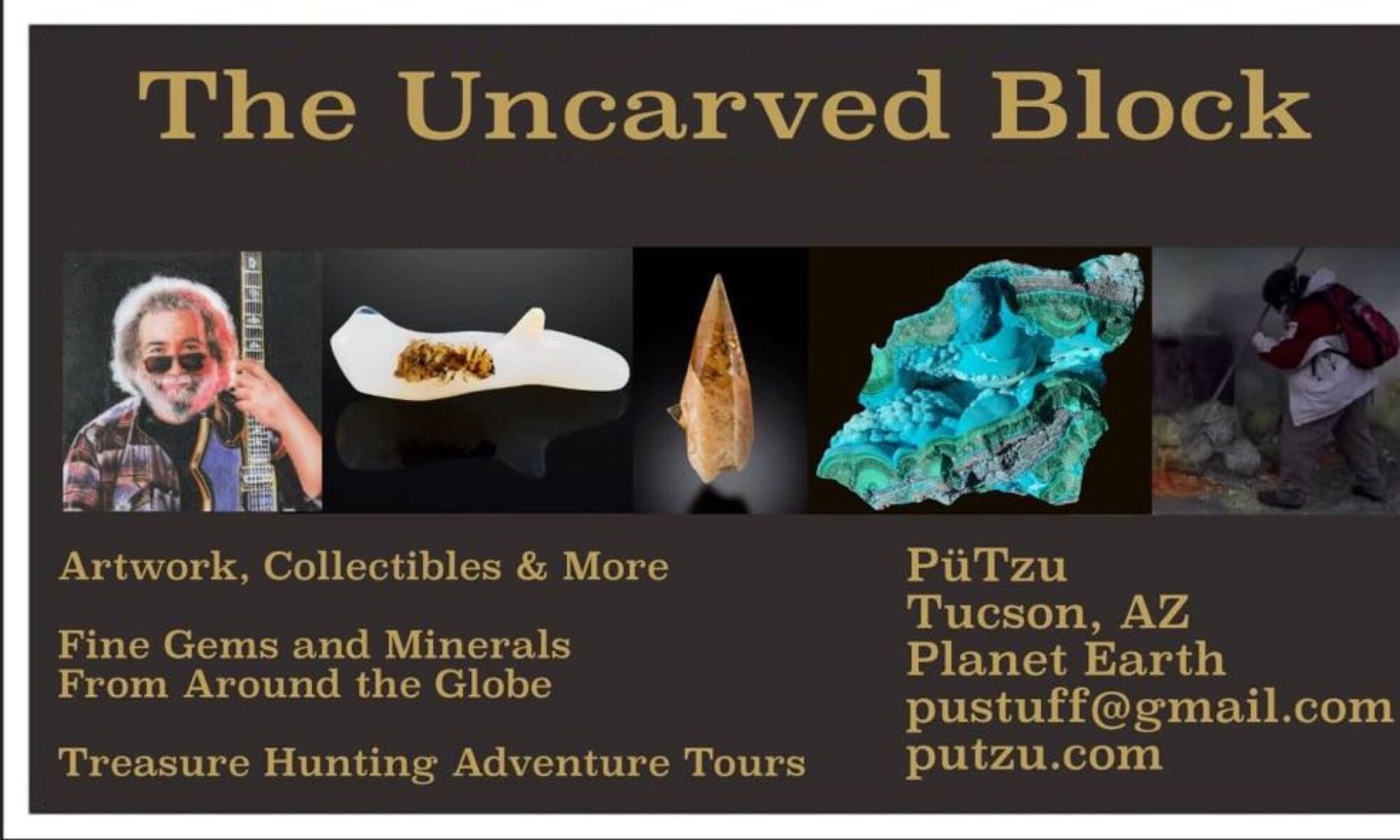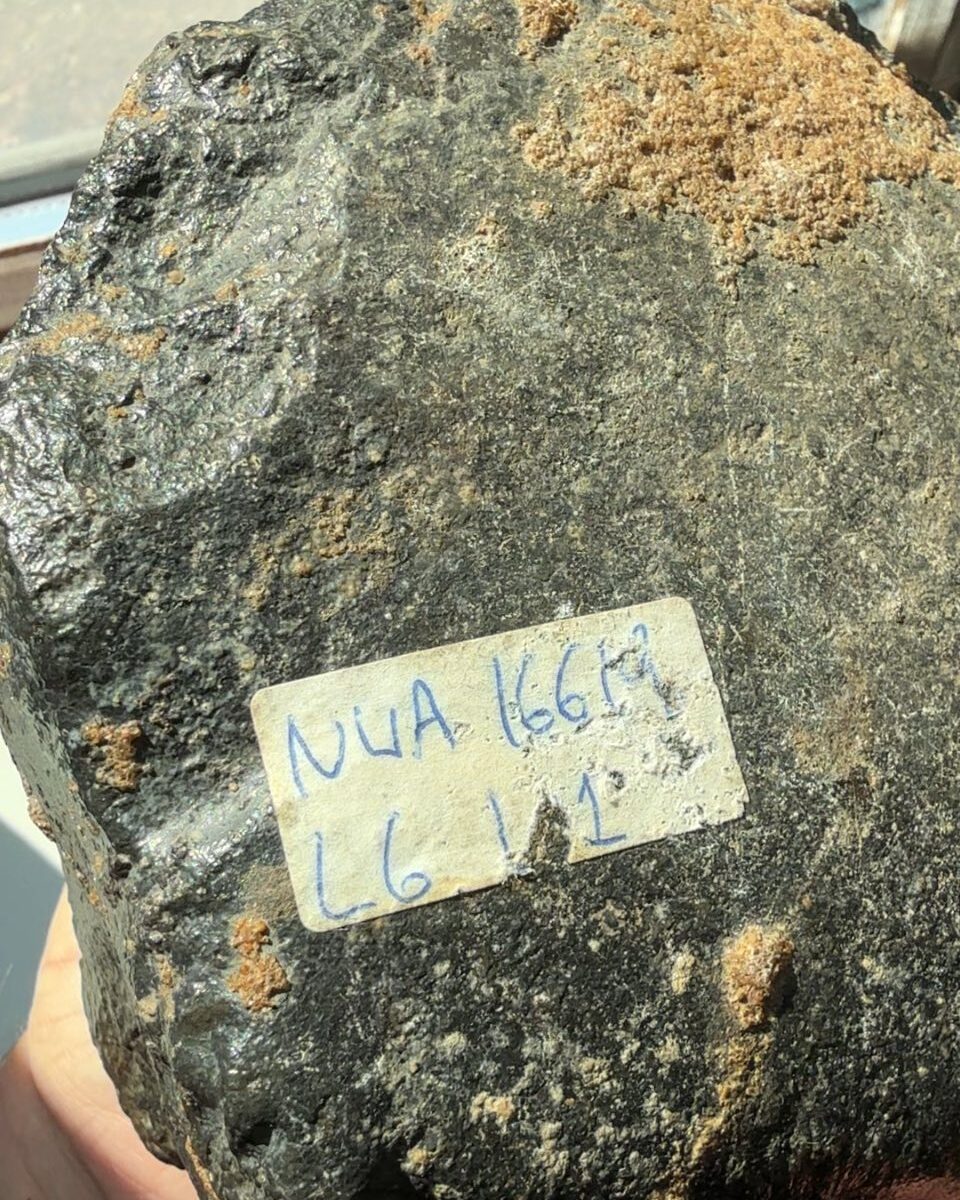L6 Type Ordinary Chrondrite
Try out my new audio deep dive overview feature!!!
An L-6 Meteorite
A fragment of a lost world, this rock tells a 4.5-billion-year story of planetary formation, intense heat, and a catastrophic collision that reshaped the early solar system.
Deconstructing the Code: L-6
The designation “L-6” is a scientific shorthand that reveals the meteorite’s chemical identity and its geological history. This section allows you to interactively explore what each part of the code means, comparing it to other meteorite types and visualizing the intense processes it endured.
The “L”: A Chemical Fingerprint
The “L” stands for “Low-Iron,” placing it within the ordinary chondrite family. This isn’t just about total iron, but how much exists as free metal versus being locked in silicate minerals. This interactive chart compares the key properties of the three ordinary chondrite groups: H (High-Iron), L (Low-Iron), and LL (Low-Iron, Low-Metal).
The “6”: A Record of Intense Heat
The “6” is its petrologic type, a scale from 3 (pristine) to 6 (intensely metamorphosed). A Type 6 rock was “baked” at temperatures up to 950°C deep inside its parent asteroid, profoundly changing its structure. Click through the steps below to see how the rock’s texture evolved under this immense heat.
A 4.5-Billion-Year Story
Every L-6 meteorite carries the history of its parent asteroid. This journey is a two-act drama: a quiet, ancient period of formation and heating, followed billions of years later by a sudden, violent cataclysm. As you scroll, follow the timeline of this epic petrogenetic history.
Accretion & Formation
~4.56 Billion Years Ago
In the early solar nebula, dust, metal, and tiny molten droplets called chondrules clumped together, forming a large planetesimal over 100km in diameter—the L-Chondrite Parent Body (LCPB).
The Great Baking
First ~50 Million Years
Radioactive decay heated the asteroid’s core to 750-950°C. This intense, prolonged metamorphism baked the rock, erasing chondrule boundaries and homogenizing its minerals, transforming it into a “Type 6” chondrite.
The Big Shatter
~466 Million Years Ago
After 4 billion years of quiet orbit, a catastrophic collision shattered the LCPB. This event, the largest asteroid breakup in the last 3 billion years, sent a massive shower of L-chondrite fragments—including L-6s—into the inner solar system.
Journey to Earth
Present Day
The fragments from this ancient breakup continue to cross Earth’s orbit today. When one survives its fiery atmospheric entry, it lands as an L-6 meteorite—a physical piece of this violent, ancient history.
The Cosmic Detective Story
Pinpointing the exact source of L-chondrites is a major goal for scientists. The search involves matching meteorite samples with asteroids, a task complicated by billions of years of “space weathering” that alters asteroid surfaces. This is an ongoing story of discovery.
Clue #1: The S-Type Problem
S-type asteroids are common where ordinary chondrites should originate, but their light spectra didn’t match meteorite samples. For decades, this was a major paradox.
Clue #2: Space Weathering
The solution: micrometeoroid and solar wind bombardment weathers an asteroid’s surface, changing its color. Freshly exposed craters on S-type asteroids finally revealed a perfect match to ordinary chondrites.
Clue #3: The Gefion Family
The Gefion asteroid family became a prime suspect. Its age and location made it a perfect candidate for the LCPB remnant. However, it shows surprising diversity, with H-chondrite-like members too.
Current Hypothesis: A Complex Parent
The diversity in the Gefion family suggests the original LCPB wasn’t a simple rock. It was likely a complex world with hot, dry regions (creating L-6s), cooler areas, and even zones altered by water. The breakup shattered this complex body, creating a diverse family of fragments we are still working to understand.

